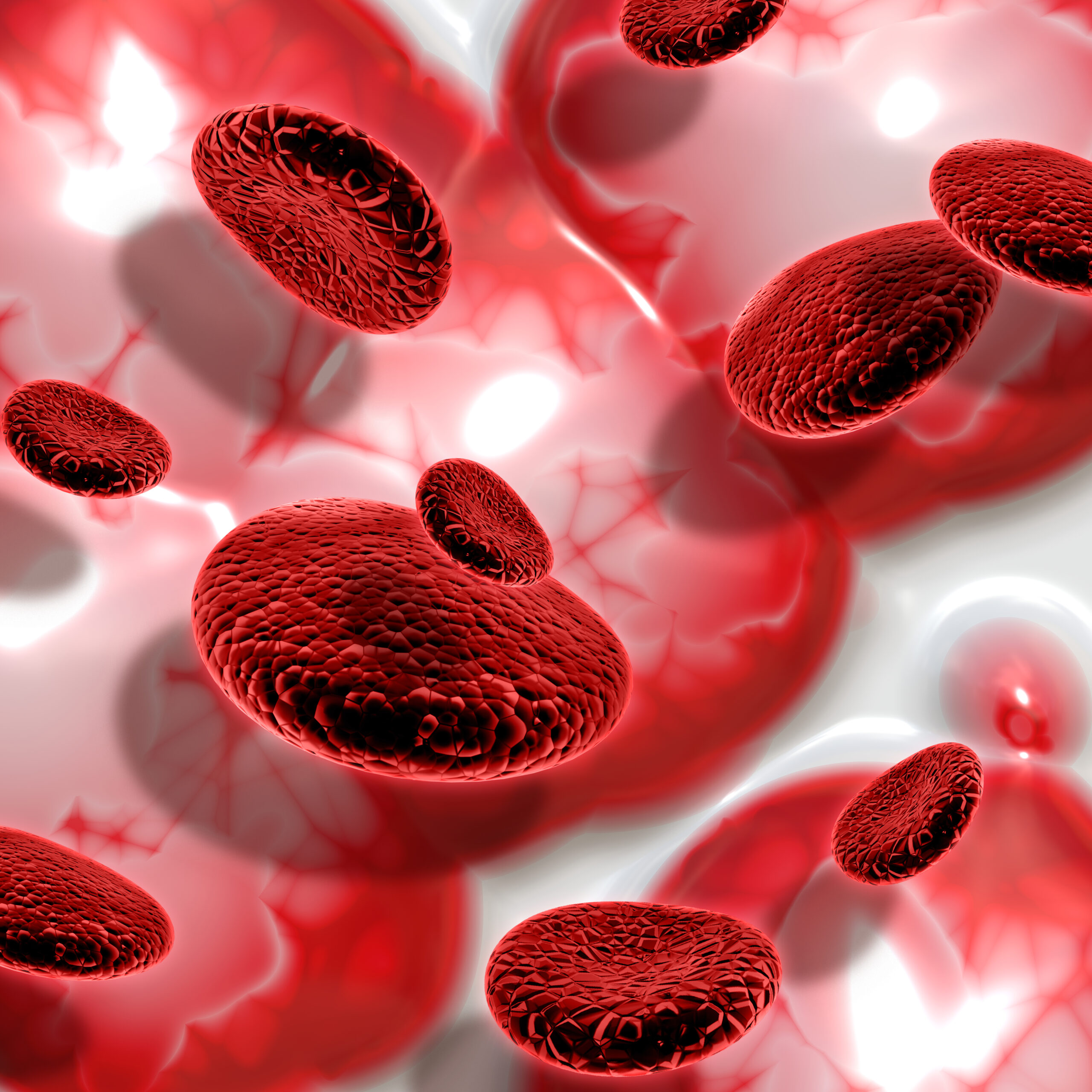Polycythemia vera (PCV) is a rare blood disorder that causes your bone marrow to make too many red blood cells. These extra cells thicken your blood, making it flow more slowly. This can increase the risk of blood clots, which may lead to serious problems like heart attacks or strokes. PCV is a long-term condition, but with proper treatment and monitoring, many people live well with it.

What Is Polycythemia Vera?
PCV is part of a group of diseases called myeloproliferative disorders. These conditions involve the overproduction of blood cells in the bone marrow. In PCV, the body produces too many red blood cells, but white blood cells and platelets may also be elevated. Because the blood becomes thicker, it doesn’t flow as easily through your veins and arteries. This can put strain on your heart and other organs.
PCV is considered a chronic illness, which means it lasts a long time and needs regular management. It is not a form of cancer, but it shares some traits with blood cancers and is often monitored by hematologists.
Causes and Risk Factors
The exact cause of PCV isn’t fully understood, but researchers have discovered that most people with the condition have a gene mutation called JAK2 V617F. This mutation causes the bone marrow to produce too many blood cells. It’s not something you’re born with, but rather something that develops during your life. PCV is not usually inherited, and it’s not contagious.
Although PCV can occur at any age, it’s more common in adults over the age of 60. Men are slightly more likely to develop it than women. Smoking, exposure to certain chemicals, or having other bone marrow disorders may slightly raise the risk, but for most people, the cause is unknown.
Types of Polycythemia
There are two main types of polycythemia, but only one is polycythemia vera:
-
Primary polycythemia (PCV): This is caused by a problem in the bone marrow itself. It’s a slow-growing condition and the main focus of this article.
-
Secondary polycythemia: This happens when another condition, like low oxygen levels or tumors, causes the body to make more red blood cells. This is not the same as PCV and is treated differently.
Symptoms of PCV
Symptoms of polycythemia vera can vary widely. Some people have no symptoms for years, while others may notice changes early on. Common symptoms include:
-
Headaches
-
Dizziness or lightheadedness
-
Itching, especially after a warm shower or bath
-
A feeling of fullness or bloating in the upper left side of the abdomen (from an enlarged spleen)
-
Red or flushed skin, especially on the face
-
Fatigue or weakness
-
Shortness of breath, especially during activity
-
Blurred vision
-
Nosebleeds or bleeding gums
-
Tingling or burning sensations in hands or feet
Some people may also develop blood clots, which can lead to pain, swelling, or more serious issues like strokes. Left untreated, PCV may also progress into more serious conditions, such as myelofibrosis (scarring of the bone marrow) or leukemia in rare cases.
How PCV Is Diagnosed
If your doctor suspects polycythemia vera, they will start with a blood test. A complete blood count (CBC) will often show high levels of red blood cells, hemoglobin, and hematocrit. Your doctor may also check levels of white blood cells and platelets, which can also be elevated.
If blood test results suggest PCV, further tests may be done to confirm the diagnosis. These might include:
-
JAK2 gene mutation test to look for the specific mutation that causes PCV
-
Erythropoietin (EPO) level test, since people with PCV usually have low levels of this hormone
-
Bone marrow biopsy, which can help show if your bone marrow is overactive
-
Oxygen level tests, to rule out secondary polycythemia
A diagnosis is usually made based on a combination of test results and symptoms.
Treatment Options
There is no cure for PCV, but treatment can help control symptoms and reduce the risk of complications. Most treatment plans focus on lowering the number of red blood cells and keeping your blood thin enough to flow easily. Common treatment options include:
-
Phlebotomy: This is the most common treatment, especially early on. It involves drawing blood regularly to lower red blood cell levels, similar to donating blood.
-
Medications:
-
Low-dose aspirin is often prescribed to reduce the risk of blood clots.
-
Hydroxyurea is a medication that slows down bone marrow activity and reduces blood cell production.
-
Interferon alfa may be used in younger people or pregnant women, as it is considered safer than other drugs.
-
Ruxolitinib (Jakafi) is a newer treatment option used for people who don’t respond well to other medications.
-
-
Itch relief: Antihistamines or other medications may help with itching, which can be severe in some cases.
-
Lifestyle changes: Staying hydrated, avoiding smoking, and staying active can help improve circulation and reduce the risk of clots. Regular checkups and blood tests are essential for monitoring the condition.
Living with PCV
Managing polycythemia vera is a lifelong process. With regular treatment and checkups, most people can live normal, active lives. It’s important to follow your doctor’s advice and report any new or worsening symptoms. Many people find it helpful to keep a symptom journal and to ask questions during medical appointments.
While PCV can lead to serious health issues if left untreated, current treatments are effective at reducing complications. Staying informed and working closely with your healthcare team can help you stay healthy and enjoy a good quality of life.
If you’ve been diagnosed with PCV or think you may have symptoms, don’t wait to seek help. Early diagnosis and treatment can make a big difference.

